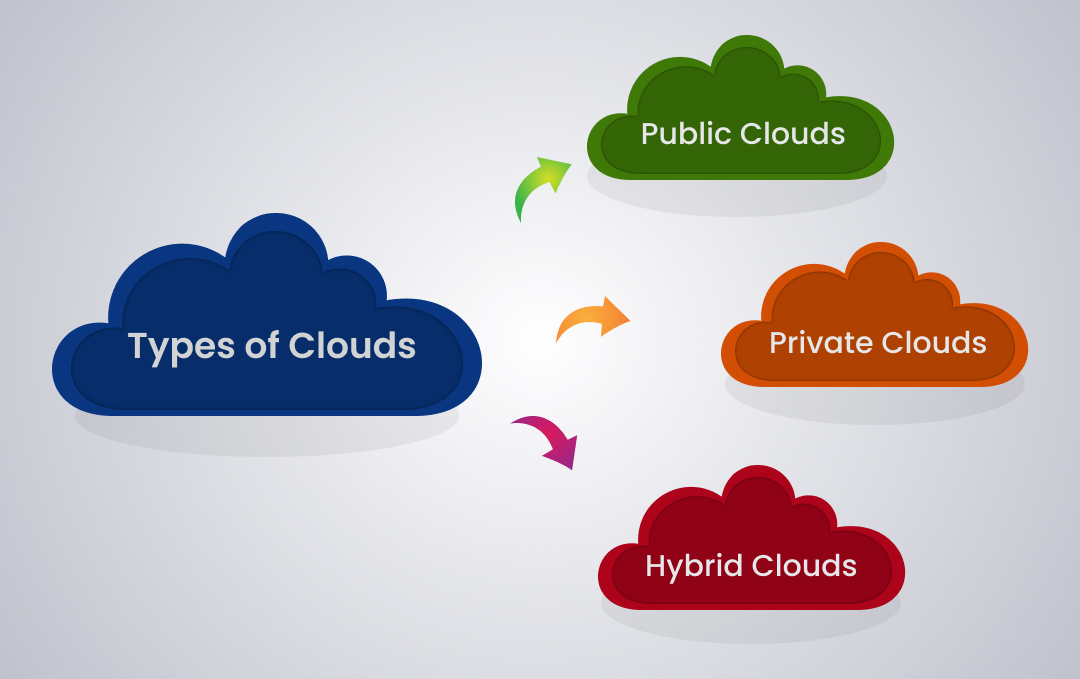Discover LinkDaddy Cloud Services for Universal Cloud Service Success: Press Release Insights
Wiki Article
Simplify Your Infrastructure With Cloud Provider
As organizations navigate the ever-evolving landscape of innovation and data management, the function of cloud solutions in simplifying infrastructure has actually become increasingly prominent. Exactly how can organizations properly navigate this transition and absolutely unlock the potential of cloud solutions for streamlining their facilities?Advantages of Cloud Services
Cloud solutions supply a streamlined approach to managing IT facilities, providing companies with versatility, scalability, and cost-efficiency. One of the essential benefits of cloud services is the scalability they provide. Services can conveniently scale their sources up or down based on need, guaranteeing they only pay for what they use. This flexibility is specifically helpful for services with fluctuating demands or those experiencing development.Additionally, cloud services remove the requirement for organizations to buy expensive hardware and software application. This cost-efficiency is a significant benefit, particularly for little to medium-sized ventures looking to decrease ahead of time costs. By using cloud services, organizations can access premium IT sources without the hefty price connected with traditional facilities setups.
Furthermore, cloud solutions supply companies with the adaptability to access their data and applications from anywhere with an internet link. This level of accessibility boosts partnership among teams, makes it possible for remote job, and increases overall productivity. The versatility provided by cloud solutions encourages services to adjust quickly to altering market conditions and customer needs.
Price Cost Savings and Scalability
In addition to the functional advantages highlighted earlier, the integration of cloud services right into a firm's infrastructure comes up with significant expense financial savings and boosted scalability. Cloud solutions supply a pay-as-you-go model, enabling services to range sources up or down based upon current needs, therefore preventing the expenses connected with keeping excess ability. This flexibility enables firms to adapt quickly to varying needs without incurring unneeded expenditures.In addition, cloud solutions remove the demand for upfront financial investments in equipment and software application, minimizing resources expenses. Business expenses are additionally minimized as business no more need to manage and keep physical servers, bring about lower power usage and IT staffing expenses. Additionally, cloud services give automated updates and maintenance, guaranteeing that the infrastructure remains up-to-date and safe without calling for hands-on interventions.
Improved Safety Measures
Applying rigid safety procedures is vital when integrating cloud services right into a company's infrastructure to guard sensitive information and make sure compliance with market policies. Cloud solution providers supply improved protection functions such as information encryption, firewall protection, and multi-factor verification to mitigate cybersecurity dangers.Moreover, routine protection audits and compliance assessments aid make sure and recognize vulnerabilities adherence to sector requirements. Business can also profit from attributes like automatic protection updates and real-time hazard monitoring supplied by cloud solution carriers. By prioritizing security steps and remaining positive in addressing possible threats, businesses can with confidence utilize cloud solutions while securing their beneficial data from unauthorized gain access to or breaches.
Transitioning to Cloud Facilities
To successfully integrate cloud services right into a business's facilities, a structured method that deals with the change in the direction of cloud-based options is vital. Transitioning to shadow infrastructure includes mindful planning and implementation to guarantee a smooth migration process. The very first step is to examine the existing infrastructure and identify which applications and systems are suitable for migration to the cloud. This analysis should consider aspects such as data sensitivity, conformity requirements, and performance requirements.Once the analysis is full, a movement strategy ought to be created. This approach needs to lay out the timeline, sources, and duties for moving each element to the cloud. It is important to interact this plan plainly to all stakeholders to make certain alignment and lessen disturbances throughout the change.
During the migration process, surveillance and screening are important to recognize and resolve any type of concerns immediately. Regular checkpoints ought Cloud Services to be developed to track progress and make essential changes. In addition, training for staff members on utilizing cloud solutions ought to be supplied to make sure an effective change and make best use of the advantages of the brand-new infrastructure.
Finest Practices for Cloud Adoption
Successful adoption of cloud solutions depends upon the critical positioning of service goals with technical abilities and organizational preparedness. To make sure a smooth change to the cloud, companies ought to begin by carrying out a thorough analysis of their present framework and identifying which workloads are best suited for cloud migration. It is essential to include key stakeholders from various departments in the decision-making process to obtain buy-in and address any problems early on.One more finest technique for cloud fostering is to focus on security and compliance. Organizations has to thoroughly assess the protection procedures used by cloud provider and make certain that their data is safeguarded according to market criteria and governing needs. Executing robust data security, access controls, and regular safety and security audits can assist alleviate threats connected with cloud adoption.

Final Thought
As businesses navigate the ever-evolving landscape of innovation and data monitoring, the duty of cloud solutions in streamlining facilities has become progressively popular - universal cloud Service. Exactly how can businesses successfully browse this change and absolutely unlock the potential of cloud solutions for streamlining their infrastructure?
Cloud services supply a streamlined strategy to handling IT facilities, giving businesses with adaptability, cost-efficiency, and scalability. By making use of cloud services, services can access premium IT resources without the hefty rate tag linked with typical infrastructure configurations.
To make sure a smooth shift to the cloud, companies should start by carrying out a detailed evaluation of their existing framework and recognizing which workloads are best fit for cloud movement.
Report this wiki page